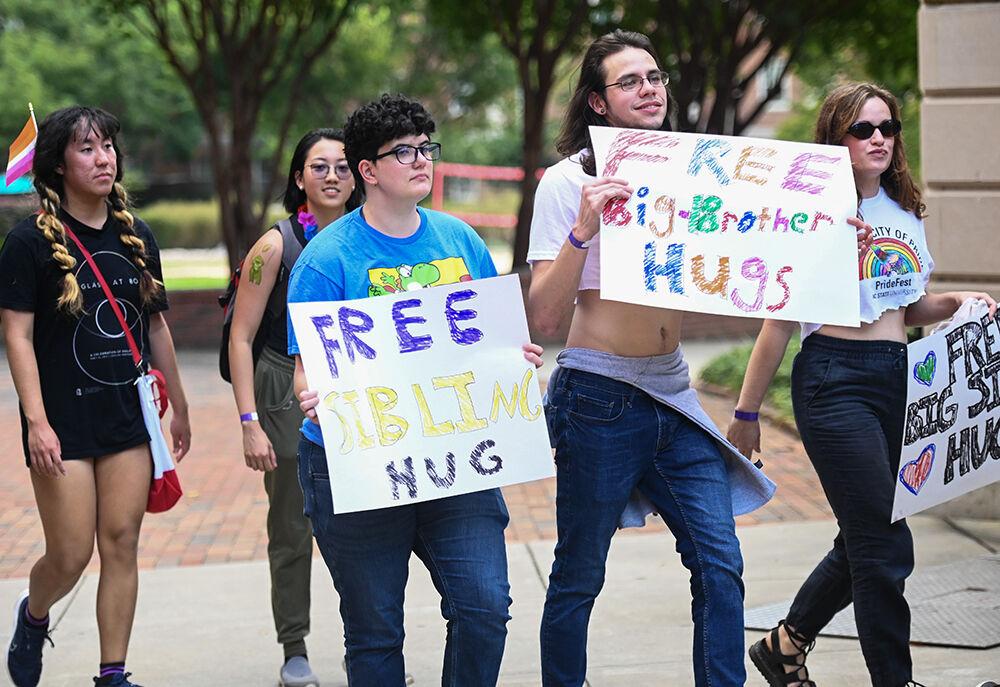Aces and Aros, a student-led organization that supports asexual and aromantic students, is one of seven student organizations under the LGBTQ Pride Center umbrella.
Its purpose is to provide a community space for asexual and/or aromantic people and their allies on campus to learn more about their identities.
Anna Cross, a fourth-year studying sustainable materials and technology and current president of Aces and Aros, said the organization serves the needs for students who identify as asexual and/or aromantic and students who are questioning their identities.
“Asexuality and aromanticism is [a] spectrum, so we provide a home for all people within the spectrum,” Cross said. “And as well for questioning people who would like to attend meetings and learn more about the identities, perhaps to learn more about themselves.”
The club not only offers a space to explore identities, but also an opportunity for community building.
Grey Burns, a third-year in design studies and treasurer of Aces and Aros, said the organization also gives students the opportunity to build friendships and find community.
“It’s really easy when you’re just walking around to assume that nobody is like you,” Burns said. “It helps with the feeling alone bit and helps us realize that … there’s a community of us out there.”
Asexuality and aromanticism have long lived in the shadows, but the organization sheds light on these identities.
“Asexuality is known as the invisible sexuality because a lot of people don’t talk about it or even know about it,” Cross said. “So Aces and Aros shows people that we exist, we’re here and [that] there’s more asexual and aromantic people around than you may think.”
The organization hosts biweekly meetings at the Pride Center, with activities and discussions that give students questioning their sexuality the opportunity to learn more about the community through listening to others’ experiences.
“Lately, we’ve changed the structure [of the meetings] a little bit,” Burns said. “Our last meeting was a game night, … and we talked about ‘How [do] you find an aro/ace community outside of a college setting?’”
Jae Edwards, assistant director of the Pride Center, said the center is a conduit for LGBTQ student organizations and allows these groups to use its facilities, so they don’t have to organize other resources.
“The important part is giving people the space to do what they need to do and be their authentic self,” Edwards said.
With the beginning of LGBTQ+ History Month, it’s important to recognize the growth of LGBTQ+ student-led organizations that highlight specific sub-identities of the community, as these spaces become a hub for students to share their experiences and build connections with others.
“It’s helpful to have joint spaces because it helps community building in general,” Burns said. “But it’s helpful to have specific subsections in that community to be able to discuss specific topics.”








